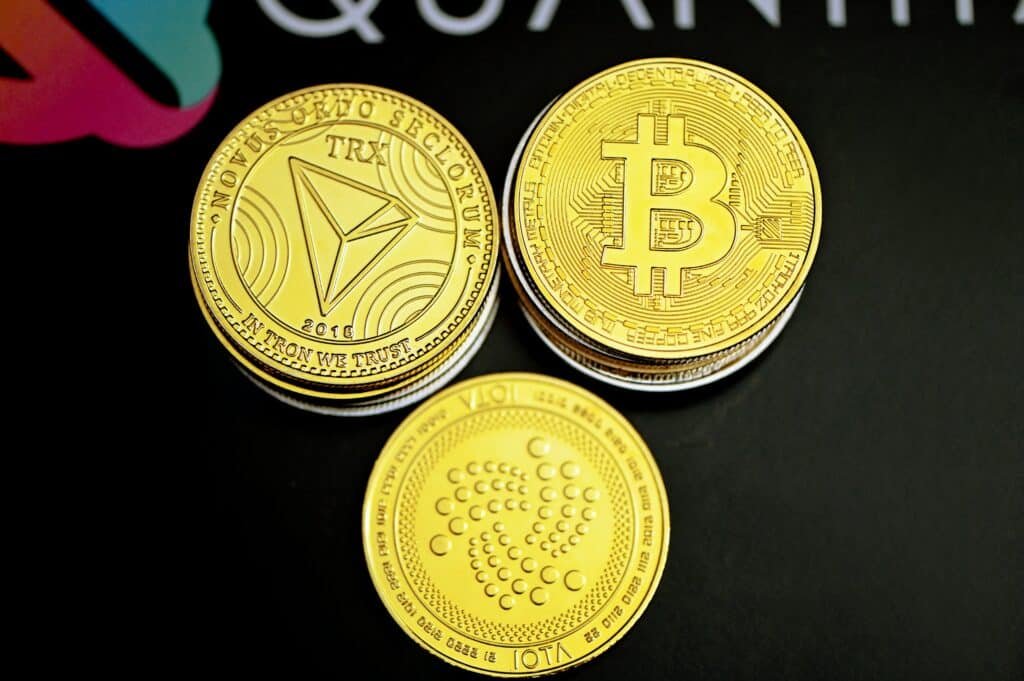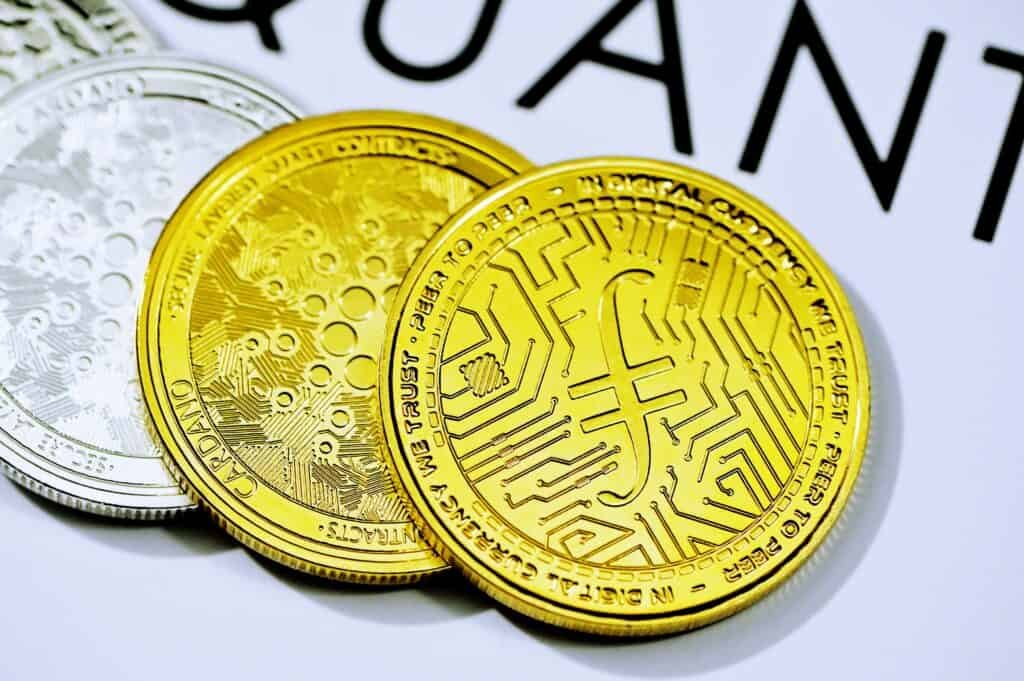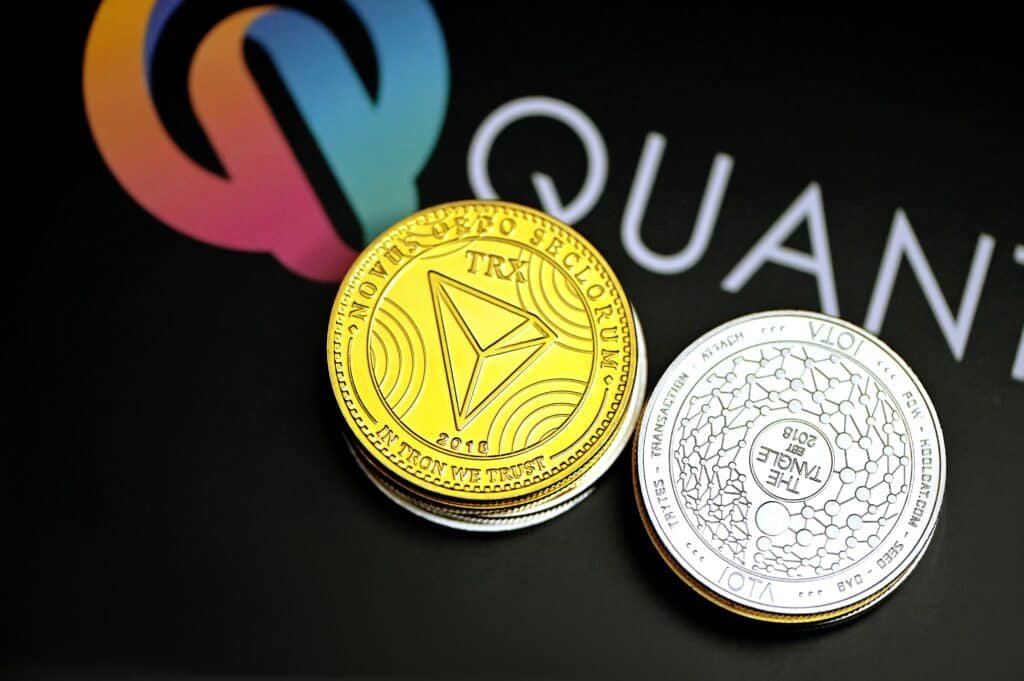The article sheds light on the process of transferring funds from a bank account to Cash App instantly. It provides step-by-step guidance on how individuals can seamlessly move their money from their bank account to the mobile payment application. By following a few simple procedures, users can ensure swift and efficient transfers that allow them to conveniently access their Cash App funds. This article aims to offer valuable insights on this matter in a concise and easily understandable manner.

Check Other Money Aesthetic Aricles
Setting up and Linking Your Bank Account
Creating a Cash App Account
To begin the process of transferring money from your bank account to Cash App, the first step is to create a Cash App account. This can be done by downloading the Cash App from the App Store or Google Play Store and following the prompts to sign up. Users will be asked to provide their email address or phone number and create a unique password for their account.
Verifying Your Cash App Account
Once the Cash App account has been created, users will need to verify their account to ensure security and prevent unauthorized access. Verification can be done by linking a debit card or credit card to the Cash App account. Users will be required to enter the card details, including the card number, expiration date, and CVV code. Verification may also involve providing personal information such as full name, date of birth, and social security number.
Adding and Verifying Your Bank Account
After verifying the Cash App account, the next step is to add and verify the bank account from which you wish to transfer funds. To add a bank account, navigate to the settings menu within the Cash App and select the “Bank Account” option. Users will need to provide their bank account number and routing number to link the account to Cash App. Once the information is entered, Cash App will send two small deposits to the linked bank account for verification. These deposits need to be verified within the app to complete the linking process.
Transferring Money from Bank Account to Cash App
Accessing the Cash App
To transfer money from your bank account to Cash App, start by opening the Cash App on your mobile device and logging into your account using your email address or phone number and password.
Navigating to the Cash App Balance
Once logged in, you will be able to view your Cash App balance on the home screen. To initiate a bank transfer, navigate to the balance section by selecting the “Balance” tab at the bottom of the screen.
Initiating a Bank Transfer
Within the Cash App balance section, you will find an option to “Add Cash.” Tap on this option to begin the process of transferring money from your bank account to Cash App.
Entering Transfer Details
Upon selecting the “Add Cash” option, you will be prompted to enter the amount you wish to transfer from your bank account to Cash App. Enter the desired amount and proceed to the next step.
Confirming the Bank Transfer
Before finalizing the bank transfer, Cash App will display a summary of the transfer details, including the amount and bank account information. Take a moment to review this information and ensure everything is accurate. Once you have confirmed the details, you can proceed to complete the bank transfer.
Check Other Money Aesthetic Aricles
Understanding Transfer Speed and Limits
Transfer Speed Options
When transferring money from your bank account to Cash App, it is important to understand the speed at which the transfer will occur. Cash App offers two transfer speed options: Standard and Instant. Standard transfers are generally free of charge and may take 1-3 business days to complete, depending on the banks involved. Instant transfers, on the other hand, allow for immediate availability of the transferred funds but may incur a small fee.
Transfer Limits and Fees
Cash App imposes certain limits and fees on bank transfers. Users are typically limited to a maximum transfer amount per day, week, or month. These limits can vary depending on factors such as account verification status and transaction history. Additionally, Instant transfers may be subject to a small fee, typically a percentage of the transferred amount. It is important to be aware of these limits and fees to avoid any inconvenience or unexpected charges.
Ensuring Successful Bank Transfers
Verifying Sufficient Funds in Your Bank Account
Before initiating a bank transfer, it is crucial to ensure that your bank account has sufficient funds to cover the transfer amount. Insufficient funds in the bank account can result in transaction failures or overdraft fees. Take the time to check your bank account balance and confirm that there are enough funds available for the desired transfer.
Checking for Correct Bank Account Information
To ensure a successful bank transfer, double-check the accuracy of the bank account information entered in the Cash App. Incorrect account numbers or routing numbers can lead to failed transfers or transfers to unintended recipients. It is worth reviewing the entered information to avoid any potential errors.
Verifying Your Cash App Card
In some cases, Cash App may require users to have a Cash App Card linked to their account for bank transfers. Ensure that your Cash App Card is verified and active to avoid any complications during the transfer process.
Confirming Network Connectivity
Before initiating a bank transfer, it is advisable to check your device’s network connectivity. A stable and reliable internet connection is necessary to complete the transfer successfully. Confirm that you have a strong network signal or connect to a reliable Wi-Fi network to minimize any potential disruptions.

Check Other Money Aesthetic Aricles
Troubleshooting Common Issues
Bank Transfer Delays
Occasionally, bank transfers may experience delays due to various factors such as weekends, public holidays, or technical issues on the banking side. If you encounter a delay in your bank transfer, it is recommended to wait for a reasonable period and monitor the transaction. If the delay persists or if you have any concerns, you can reach out to Cash App support for further assistance.
Invalid Bank Account Information
If you receive an error message stating that the bank account information is invalid, double-check the accuracy of the entered information. Ensure that the account number and routing number are correct. If you continue to encounter issues, it is advisable to verify the bank account details with your bank to confirm their accuracy.
Insufficient Funds
If a bank transfer fails due to insufficient funds in your bank account, it is crucial to deposit sufficient funds into the account before attempting another transfer. Insufficient funds can lead to additional fees or prevent the successful completion of future transfers.
Network or Connectivity Issues
If you experience network or connectivity issues during a bank transfer, try restarting your device and ensuring that your internet connection is stable. If the problem persists, contact your internet service provider or troubleshoot your device’s network settings. In cases of persistent connectivity issues, consider completing the transfer using an alternative network or device.
Additional Tips and Considerations
Double-checking Transfer Details
Before finalizing any bank transfer, it is essential to verify the transfer details, including the transfer amount and recipient information. Carefully review the information displayed on the confirmation screen to avoid any errors or unintended transfers.
Setting Up Automated Bank Transfers
To streamline the process of transferring money from your bank account to Cash App, consider setting up automated transfers. This feature allows you to schedule regular transfers at predetermined intervals, such as weekly or monthly. Automated transfers can help ensure consistent funding to your Cash App account without the need for manual intervention.
Using Instant Transfer for Urgent Needs
If you require immediate access to transferred funds, consider opting for the Instant Transfer option. While this may incur a small fee, it allows for instant availability of the transferred amount in your Cash App balance. Instant transfers can be beneficial in urgent situations or when time-sensitive payments need to be made.
Monitoring Your Bank Account Transactions
It is important to regularly monitor your bank account transactions, including transfers to and from Cash App. Keep an eye on your bank statements or transaction history to ensure accuracy and identify any potential unauthorized transactions.
Contacting Cash App Support
If you encounter any issues or have questions regarding bank transfers, it is recommended to reach out to Cash App support. Their customer support team can provide guidance, assistance, and resolution to any concerns or problems you may face.

Advantages and Disadvantages of Bank Transfers
Advantages of Bank Transfers
Bank transfers offer several advantages when transferring money from your bank account to Cash App. These include easy and convenient access to funds, potential cost savings through free transfers, and the ability to transfer large amounts securely.
Disadvantages of Bank Transfers
While bank transfers have their advantages, there are also a few drawbacks to consider. Bank transfers can take longer to complete compared to other transfer methods, especially if using the Standard transfer option. Additionally, there may be transfer limits and fees imposed by Cash App, which can affect the amount and frequency of transfers.
Comparing Bank Transfers with Other Cash App Features
Bank Transfer vs. Cash App Balance
Bank transfers differ from using the Cash App balance as the funding source. When using the Cash App balance, funds stored within the app can be used directly for payments without the need for transferring money from a linked bank account. Using the Cash App balance provides immediate availability of funds but may be subject to limitations based on the balance amount.
Bank Transfer vs. Cash App Card
Cash App offers users a Cash App Card, which can be used for various transactions. While bank transfers involve moving funds from a bank account to Cash App, the Cash App Card allows users to spend directly from their Cash App balance. The Cash App Card provides the convenience of accessing funds without the need for bank transfers.
Bank Transfer vs. Direct Deposit
Direct deposit is another feature offered by Cash App, providing users with the option to receive payments directly into their Cash App accounts. This feature is particularly useful for receiving regular income, such as paychecks or government benefits, without the need for bank transfers. Direct deposit allows for automatic and seamless funding of the Cash App account.
Ensuring Account Security
Using Strong and Unique Passwords
To maintain the security of your Cash App account, it is essential to use strong and unique passwords. Avoid using common passwords and consider using a combination of letters, numbers, and special characters. Regularly update your password and avoid sharing it with others to minimize the risk of unauthorized access.
Enabling Two-Factor Authentication
Cash App provides the option to enable two-factor authentication (2FA) for added security. This feature requires users to verify their identity through an additional step, such as entering a unique code sent to their registered phone number or email address. Enabling 2FA adds an extra layer of protection against unauthorized access to your Cash App account.
Avoiding Suspicious Links and Phishing Scams
To protect your Cash App account from scams and fraudulent activities, be cautious of suspicious links or messages received via email, text message, or social media. Avoid clicking on unfamiliar links or providing personal information to unknown sources. Cash App will never ask for your login credentials or sensitive information outside of the official app or website.
Regularly Updating and Monitoring Your Account
To ensure the ongoing security of your Cash App account, make it a habit to regularly update the app to the latest version. Software updates often include important security patches and bug fixes. Additionally, regularly monitor your account for any unusual activity or unauthorized transactions. Promptly reporting any suspicious activity to Cash App support can help protect your account from potential threats.
Conclusion
In summary, transferring money from a bank account to Cash App can be done conveniently using the steps outlined above. By creating and verifying a Cash App account, linking your bank account, and initiating a bank transfer, you can easily access your funds within Cash App. Understanding transfer speed options, transfer limits, and fees allows for informed decisions when transferring money. Ensuring successful bank transfers involves verifying sufficient funds, accurate bank account information, and network connectivity. Troubleshooting common issues, such as transfer delays or invalid bank account information, can be addressed by following the provided guidance. Additional tips and considerations, including double-checking transfer details and maintaining account security, enhance the overall experience of using bank transfers with Cash App. By understanding the advantages and disadvantages of bank transfers and comparing them with other Cash App features, users can choose the most suitable payment method for their needs. Finally, prioritizing account security through strong passwords, enabling two-factor authentication, avoiding suspicious links, and monitoring account activity, ensures a safe and protected Cash App experience.











